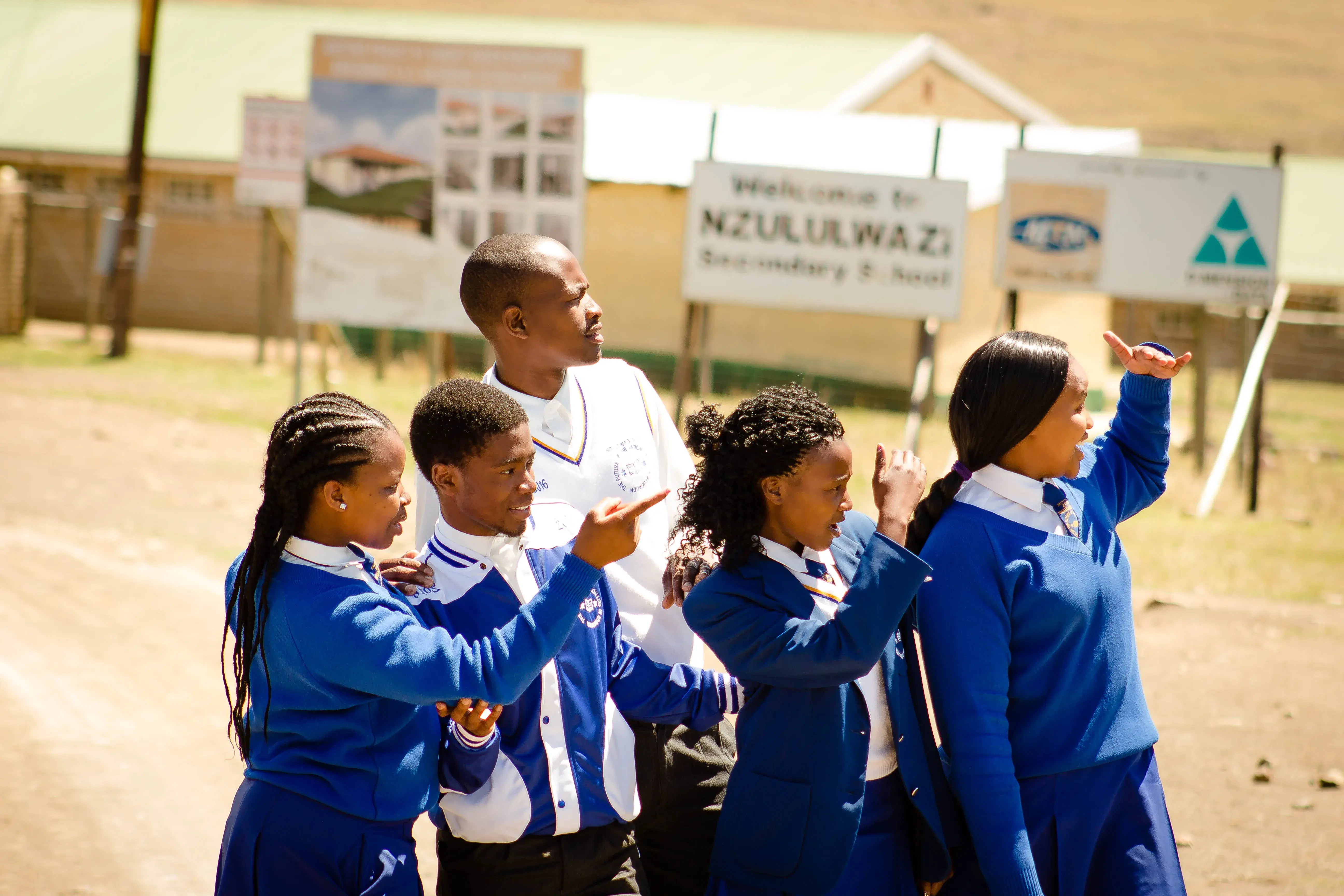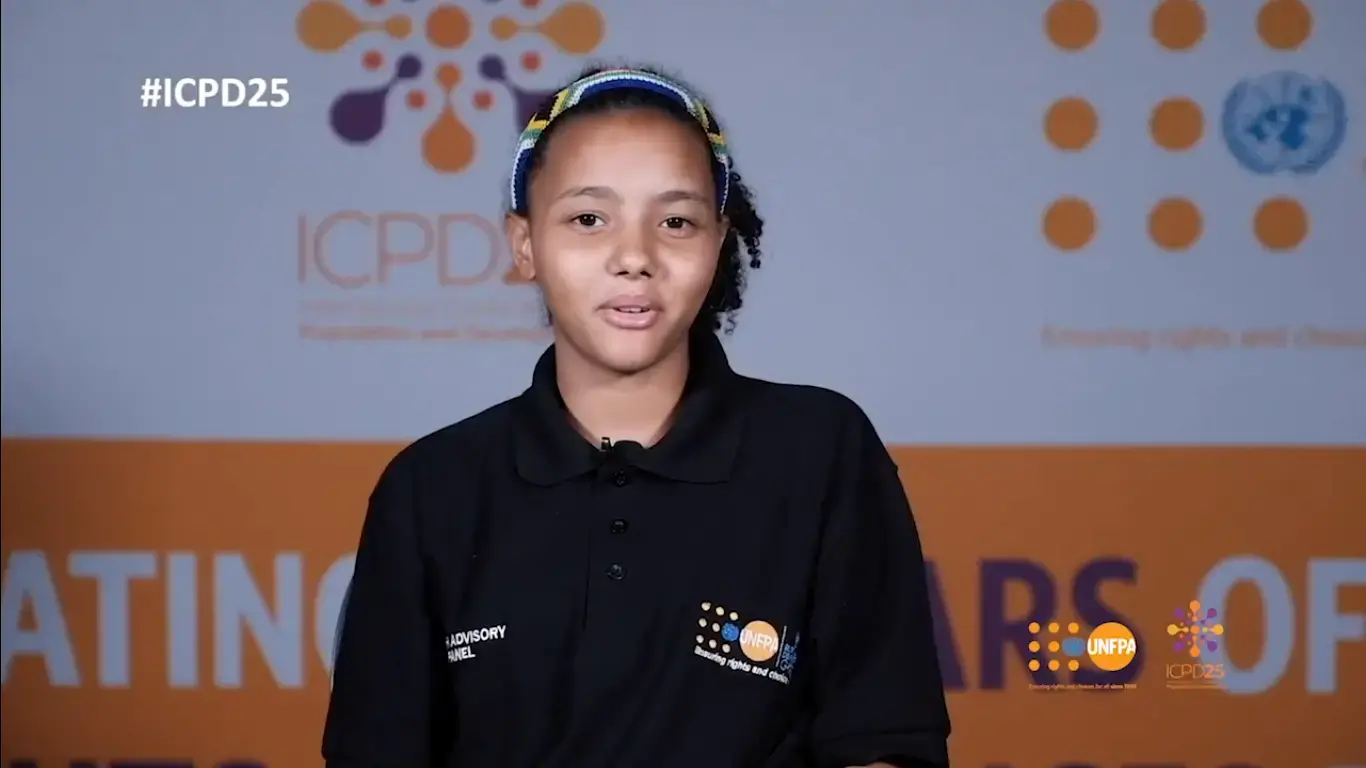The SPW South Africa Trust (also known as Restless Development South Africa) in partnership with the United Nations Population Fund (UNFPA) leads the Safe Guard Young People (SYP) Programme in three districts (OR Tambo, Amathole and Alfred Nzo) in the Eastern Cape. The goal of the SYP programme is to contribute towards the improvement of the Sexual Reproductive Health and Rights (SRHR) status of young people aged 10 – 24, with a special focus on HIV prevention.
The Nzululwazi Senior Secondary School forms a special focus of this programme. At the request of the provincial Department of Basic Education, and in collaboration with the Departments of Social Development and Health, SPW was requested to focus on a selected site – Nzululwazi Secondary School, just outside Mount Frere in Alfred Nzo district of the Eastern Cape. The issue to be addressed focused on the unusually high rate of rate of teenage pregnancies amongst learners, both within the high and primary schools.
The main purpose of the SPW intervention was to reduce teenage pregnancy over a three-year pilot timeframe through:
Improved coordination, collaboration and leadership of core stakeholders responsible for provision of sexual and reproductive health information and services
Generally, expand the availability of appropriate sexual and reproductive health information and services to the community
Ensure increased take up of SRH services delivered in the context of the Integrated School Health Programme
Build a community owned and led intervention that is sustainable beyond the initial funding to ensure that core stakeholders on the ground are able to take the successes and lessons forward through their own resources and leadership (rather than externally driven)
The study therefore endeavoured to record and understand the stakeholder attitudes, values and behaviours that formed the baseline (pre-existing situation) prior to the intervention. Based on these insights, the survey report would suggest how progress can be appropriately tracked whilst retaining community understanding and support. A further core aim was to use the survey findings to frame a relevant three-year monitoring and evaluation tool for the project that clearly tracks and measures impact.





